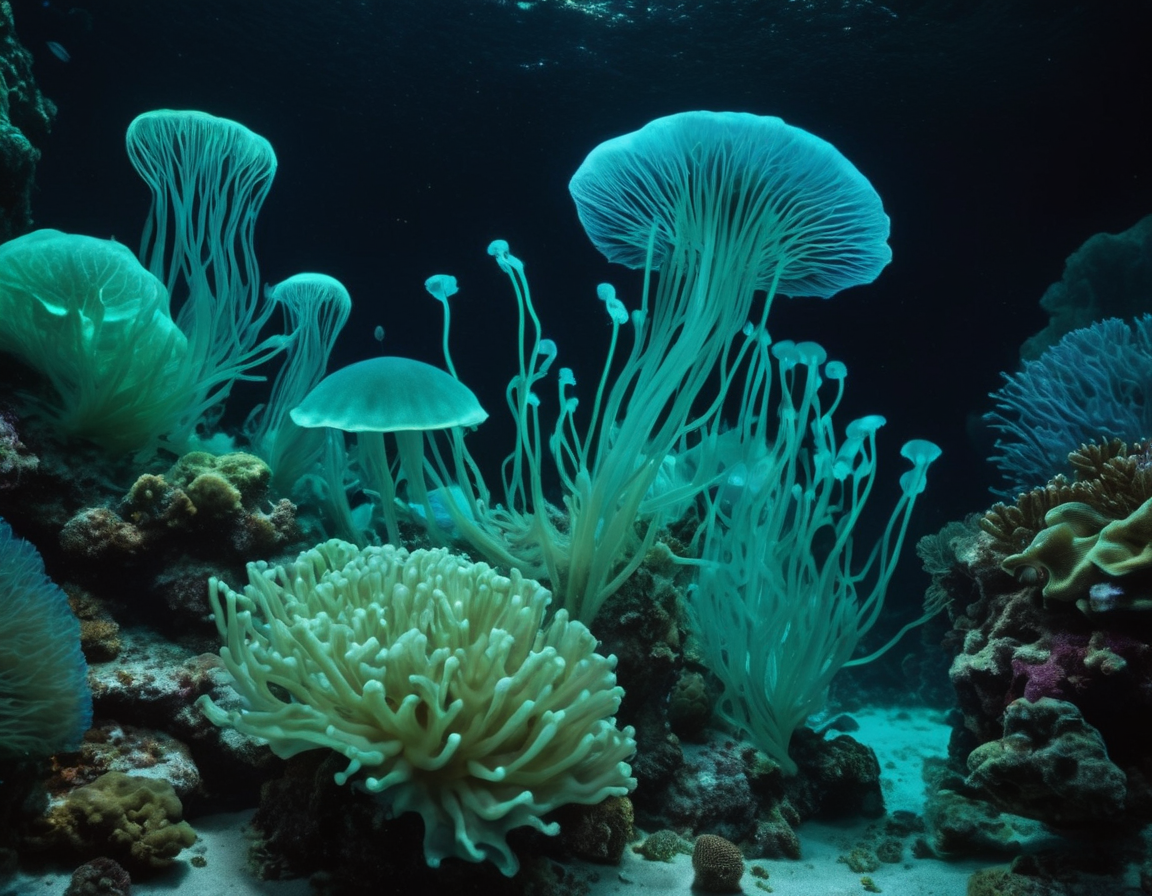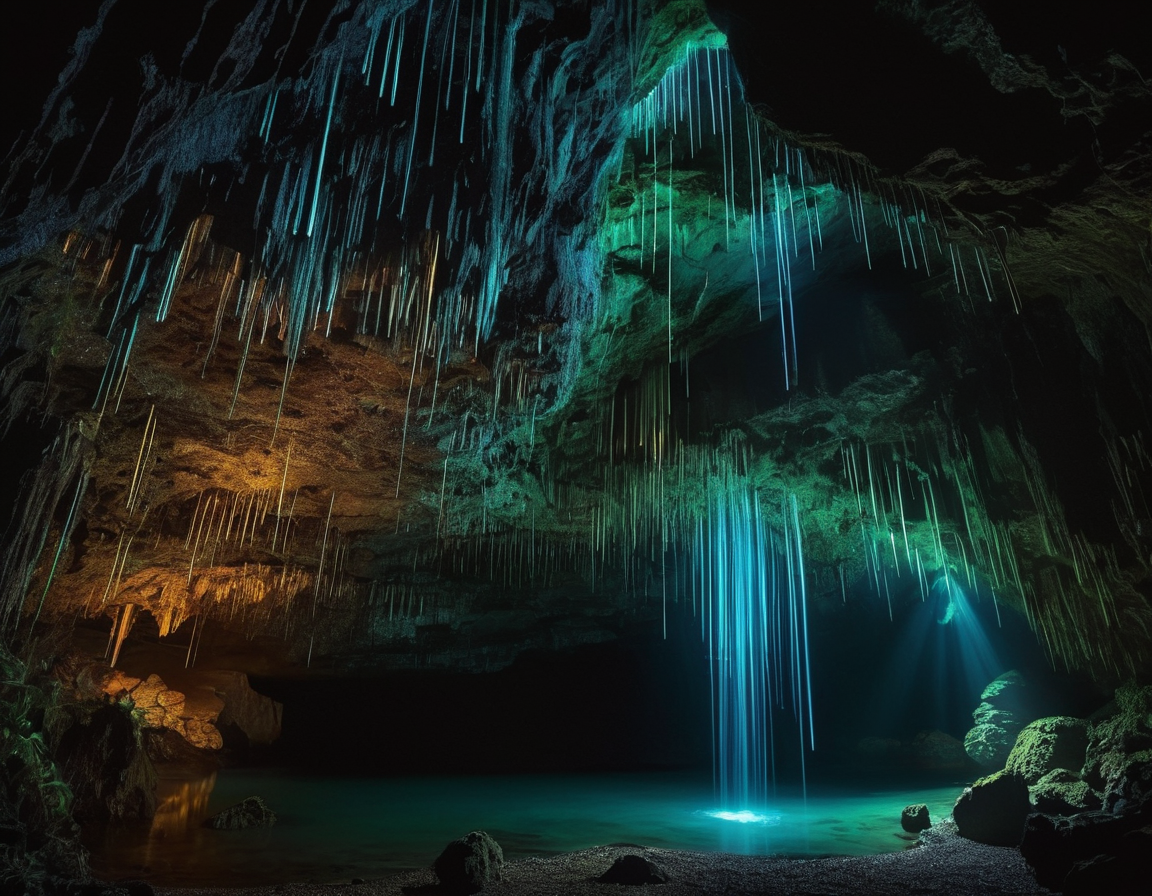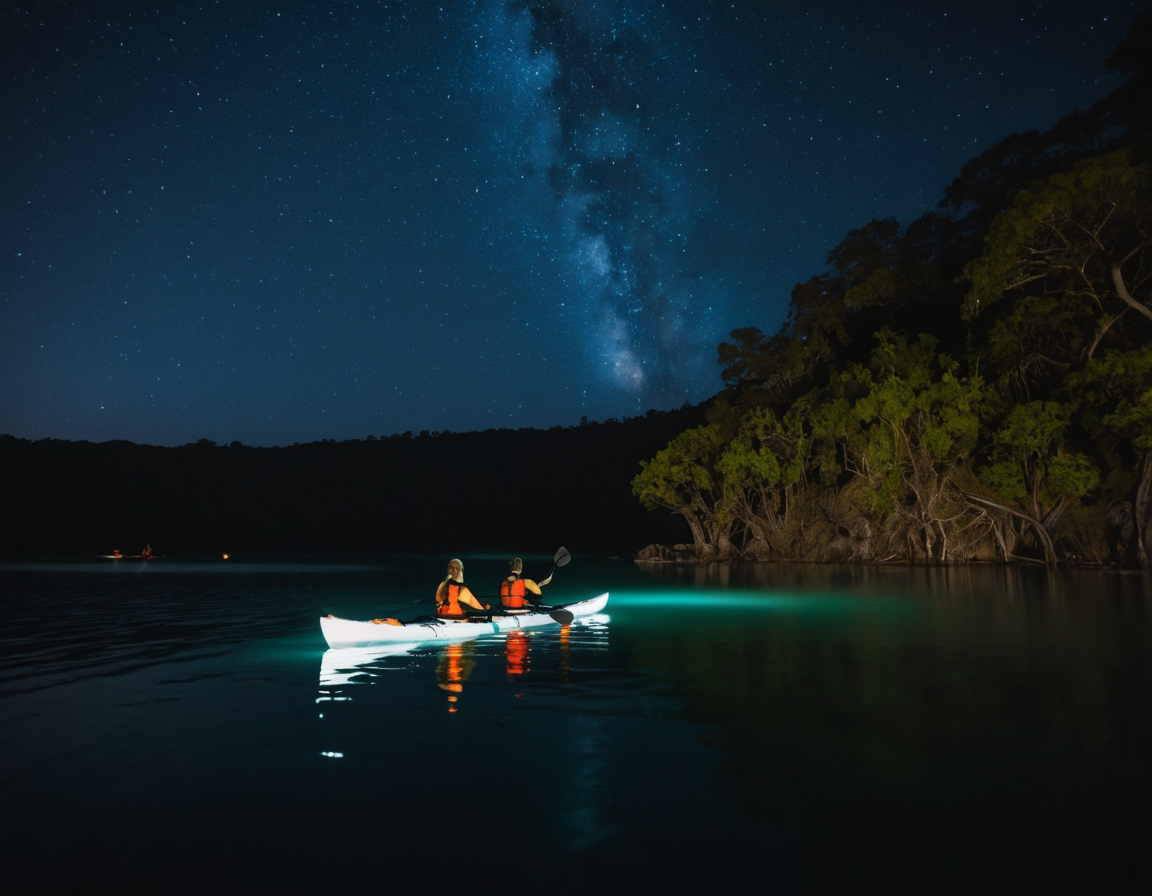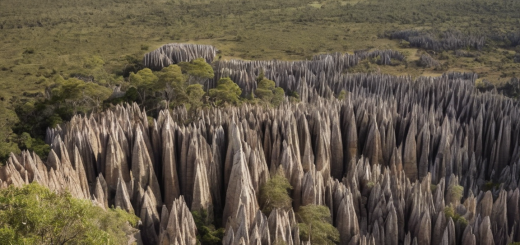Exploring the Captivating World of Bioluminescent Organisms
Discovering the Glow: The Fascinating Realm of Bioluminescent Life
Bioluminescence, the phenomenon of living organisms emitting light, has captivated scientists and nature enthusiasts alike. In this enlightening blog post, we delve into the world where nature’s living lights thrive in the depths of the oceans and the darkest corners of the Earth. 
What is Bioluminescence?
Bioluminescence is a form of chemiluminescence where light energy is released by a chemical reaction within a living organism. This spectacular display is not just for show – it serves various purposes such as predation, defense, mating, and communication.
How do Organisms Produce Light?
The source of bioluminescence is typically a molecule called luciferin. When luciferin combines with oxygen, a reaction occurs, often catalyzed by an enzyme called luciferase, resulting in the emission of light. The color of this light can range from green to blue to red, with most marine bioluminescent organisms radiating blue light — the color that travels the farthest in water.
Where Can Bioluminescence Be Found?
Bioluminescent organisms are found in all marine environments, from the surface to the deep-sea floor. Some terrestrial organisms, like fireflies and glow worms, also exhibit this trait. Remarkable ecosystems, such as the Waitomo Caves in New Zealand, are famous for their naturally illuminated glowworms, offering an ethereal experience to visitors. 
The Role of Bioluminescence in Survival
For many species, bioluminescence is an essential survival mechanism. It can act as a lure to attract prey or mates and as a defense mechanism to confuse or deter predators. Some species, like the deep-sea squid, use it to cast shadows to match the ocean’s surface light, a technique known as counter-illumination camouflage.
Human Interest and Research
Humans have long been intrigued by bioluminescent organisms, leading to extensive research and applications in areas such as medical diagnostics, biotechnology, and environmental monitoring. Bioluminescence has also inspired a significant amount of cultural and artistic expression throughout history.
Conservation of Bioluminescent Habitats
Like all natural wonders, bioluminescent organisms and their habitats face threats from human activities and environmental changes. Conservation efforts are vital to protect these creatures and the delicate balance of their ecosystems.
Experience the Glow Yourself
Today, various eco-tourism activities offer the chance to witness bioluminescence in action. Whether by visiting a nighttime beach where waves glow with the light of phytoplankton or kayaking through bioluminescent bays, experiencing this natural phenomenon can be a transformative experience. 
Understanding the science and beauty of bioluminescent organisms reminds us of the profound complexity and interconnectivity of life on Earth. This blog post skims the surface of a deep and luminous topic that continues to spark wonder and scientific inquiry into the mysteries of light-producing lifeforms.
Are you ready to explore more about the natural world? Let us know what natural phenomena intrigue you the most and what you would like to read next!






